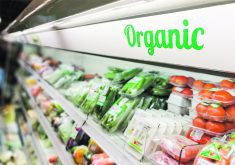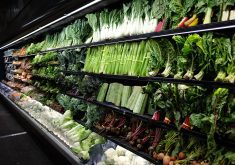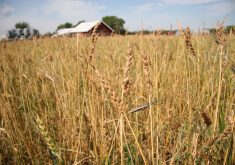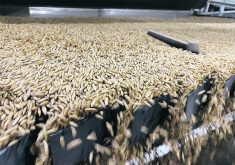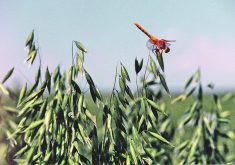Sales of $9.01 billion in 2023 were one per cent lower than levels a year earlier as industry recovers from pandemic
By Sean Pratt
SASKATOON — The explosive growth in organic sales appears to have come to an end, at least temporarily.
Read Also
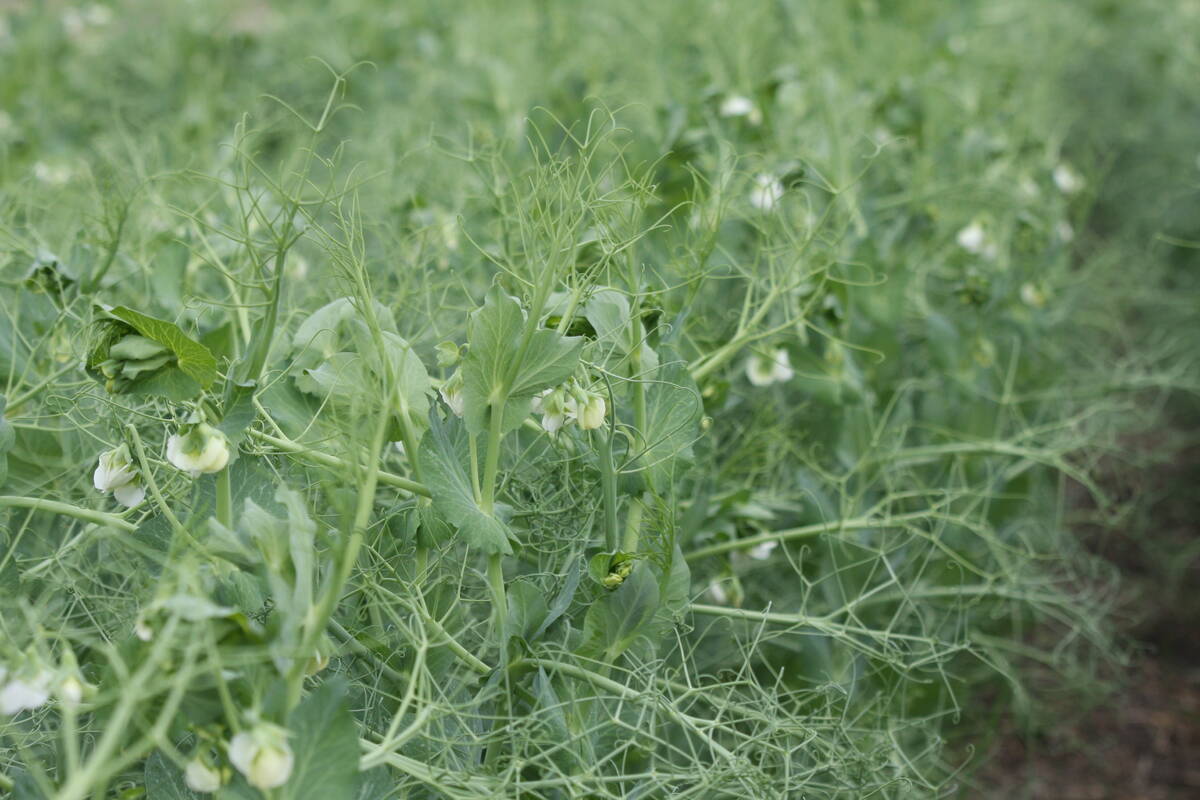
Russian pulse trouble reports denied
Russia’s pulse crop will be larger than last year, which won’t help prices rally from their doldrums.
Canada’s sales are estimated at $9.01 billion in 2023, a one per cent decline from 2022 levels, according to a new report by the Canada Organic Trade Association (COTA).
The industry is still reeling from the after-effects of the global pandemic, said an industry official.
“Everything really fell apart in 2022, (including) acreage, production and sales,” Tia Loftsgard, executive director of COTA, told delegates attending the Organic Connections conference.
“I think inflation has been a big part of it, where people are just pulling back.”
Canada had 7,558 organic operators in 2023, including farmers, processors and every other component of the value chain that requires certification.
That is a drop of 144 operators from the previous year and only a 0.2 per cent increase from 2019 levels, which is discouraging following a decade of growth.
“This is not the rosy scene that we’ve seen year after year,” said Loftsgard.
“We’re going through a wave here, and hopefully everybody is going to (pull) through and hold tight.”
An additional 1,315 operators who are certified to the Canada Organic Regime reside outside of Canada.
Those are producers from countries such as Thailand that do not have equivalency arrangements with Canada who need to be certified to sell to the Canadian market.
The organic market accounts for 3.4 per cent of Canada’s total food and beverage sales, up from 3.3 per cent in 2020. Fruits and vegetables account for one-third of those sales.
Canada is the fifth biggest organic market in the world, accounting for four per cent of global sales.
The United States is the leader, with a 46 per cent share resulting from its $94.79 billion in sales.
That means half of the global organic market is in Canada’s backyard.
Canada has had an equivalency agreement with the U.S. ever since the Canada Organic Regime was implemented in 2009.
That agreement is going to be renegotiated in 2025.
“We’ve had so many changes to our standard since 2009 and so have they, so a side-by-side assessment needs to happen,” said Loftsgard.
It is also time to renew the pact with the European Union that was signed in 2011. However, the EU is now mandating that every trade partner negotiate a formal trade agreement rather than an equivalency arrangement.
Canada also has equivalency deals with Switzerland, Costa Rica, Japan, Taiwan, United Kingdom, Mexico and South Korea. The United Arab Emirates and Hong Kong allow imports from Canada without an equivalency arrangement.
Saskatchewan accounts for nearly one-third of Canada’s certified acres with one million out of the 3.18 million acres.
Two-thirds of the province’s acres are field crops. The other one-third is pasture, grassland, green manures and natural areas.
Wheat comprises 38.4 per cent of Saskatchewan’s field crops, followed by oats at 23.6 per cent and flax at 6.4 per cent.
Kamut, barley, peas, lentils, mustard, hemp, beans and rye are the other popular choices for growers.
Green lentils top the list of exports for the province, followed by yellow peas, red lentils, durum and flax.
Canada exported an estimated $685 million of organic products in 2023 and imported $872 million.
However, Loftsgard cautioned that those numbers are unreliable because there are many harmonized system codes that are not tracked by Statistics Canada.






